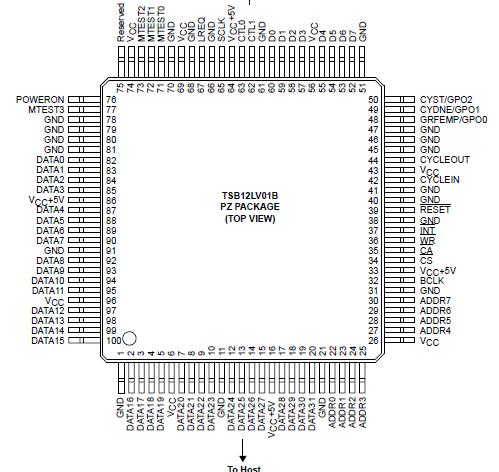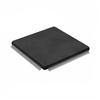TSB12LV01B: Features: • Two new internal registers have been added at CFR address 40h and 44h. The Host Bus Control Register at 40h and the Mux Control Register @44h are described in section 3.2.• T...
floor Price/Ceiling Price
- Part Number:
- TSB12LV01B
- Supply Ability:
- 5000
Price Break
- Qty
- 1~5000
- Unit Price
- Negotiable
- Processing time
- 15 Days
SeekIC Buyer Protection PLUS - newly updated for 2013!
- Escrow Protection.
- Guaranteed refunds.
- Secure payments.
- Learn more >>
Month Sales
268 Transactions
Payment Methods
All payment methods are secure and covered by SeekIC Buyer Protection PLUS.

 TSB12LV01B Data Sheet
TSB12LV01B Data Sheet








